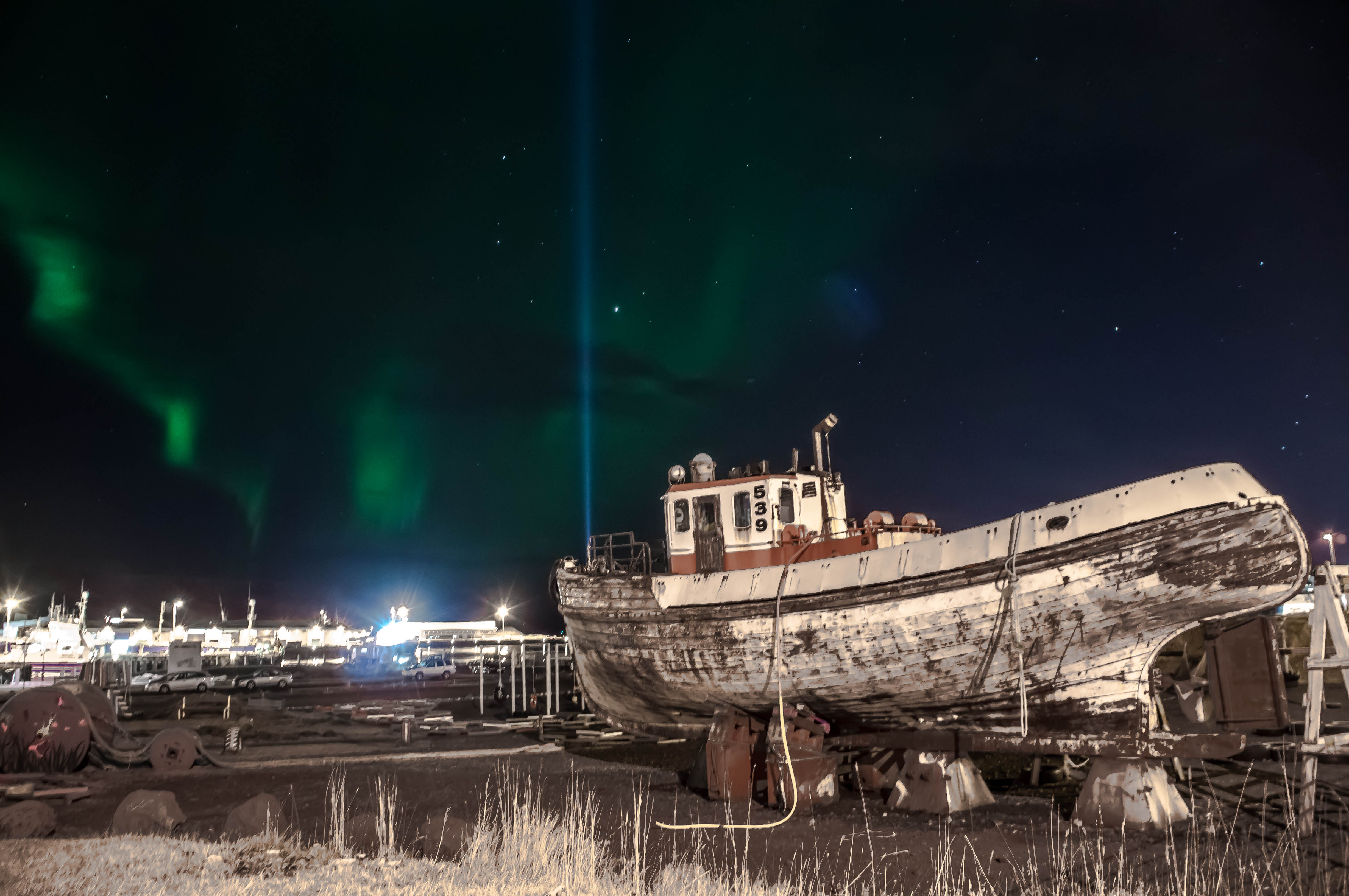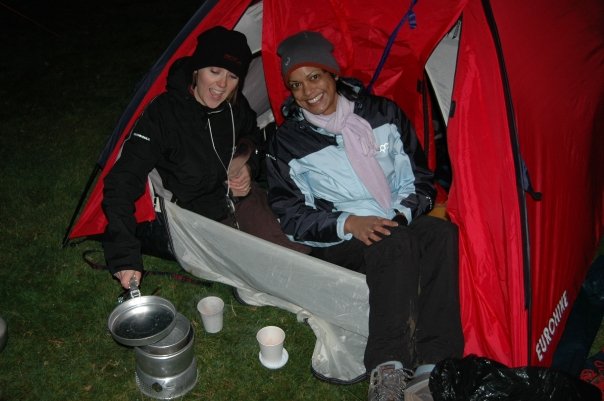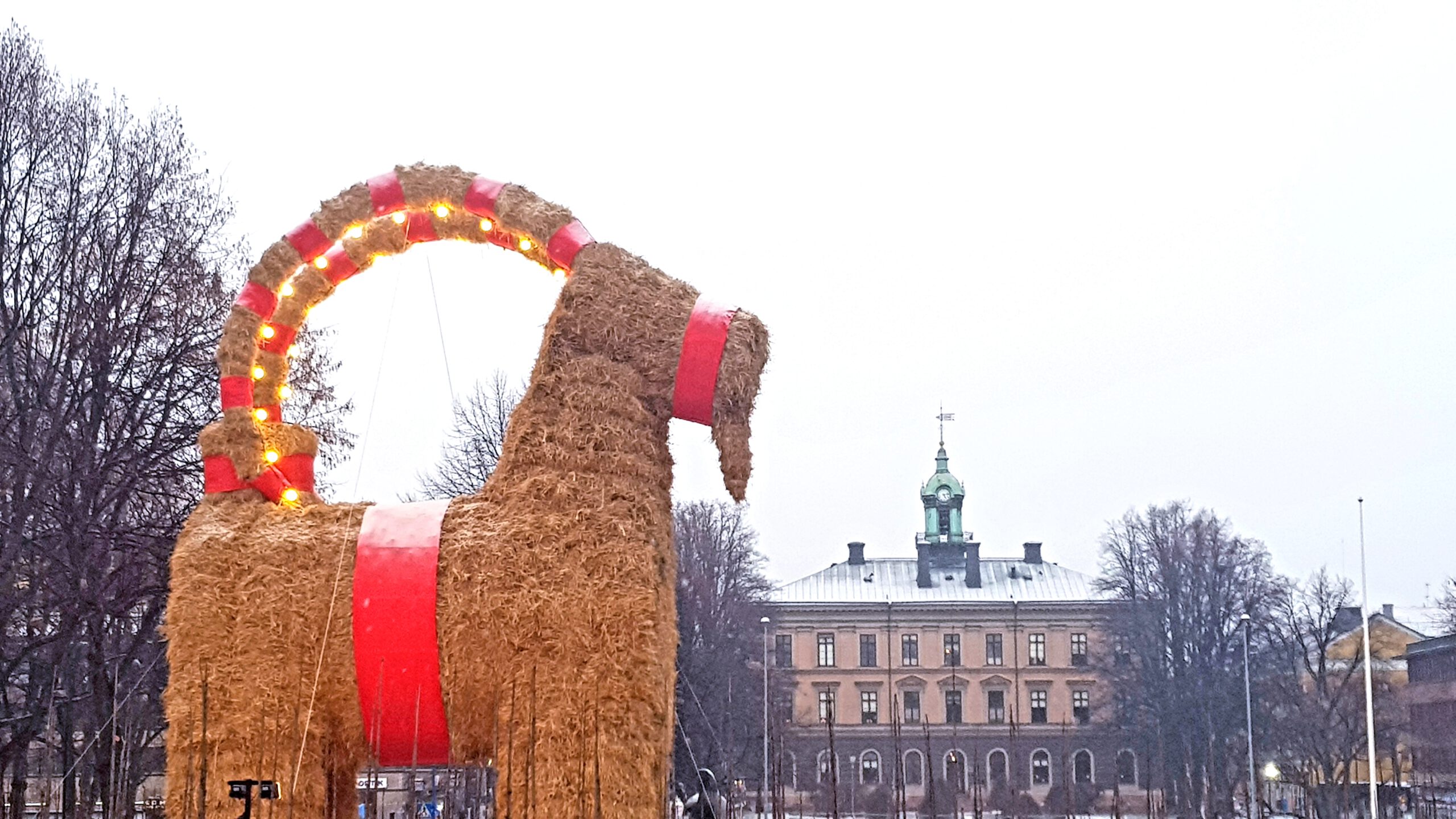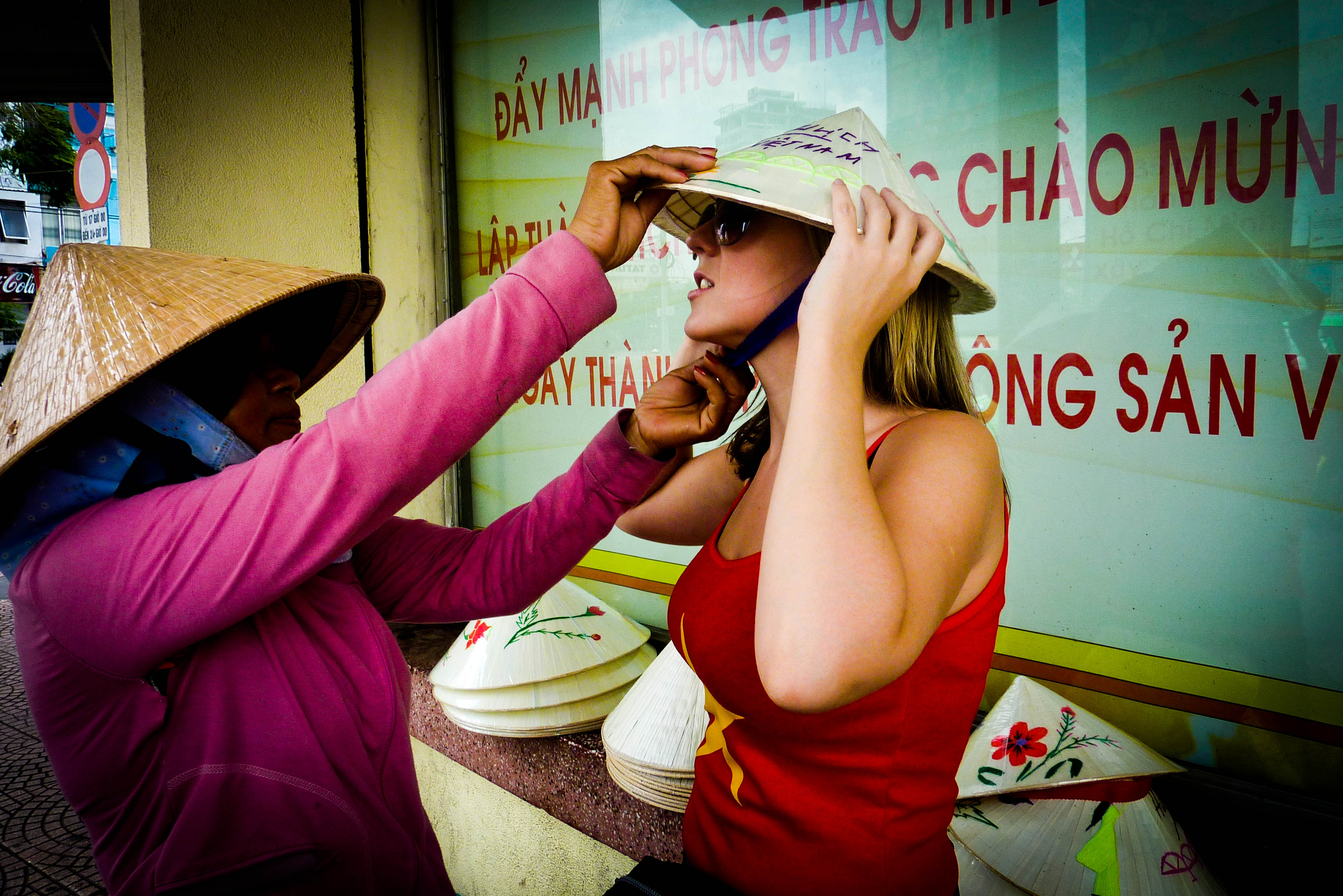Driving deeper into the Icelandic wilderness the excitement on the bus was tangible: the atmosphere quickening with anticipation at every twist of the winding road. People clutched their cameras and stared at the opaque blackness beyond the windows; waiting for the moment that the darkness would explode with a fantastic array of vivid colours.
Our tour guide informed us that the conditions were perfect: a cold, cloudless sky, and an Aurora forecast of 4 indicating moderate activity.
If there is one reason alone to visit Iceland that reason would undoubtedly be to experience the Northern Lights, or Aurora Borealis, and Icelandic tourism is quick to capitalise on our obsession to witness this incredible natural phenomenon.
I have been lucky enough to see the Northern Lights once before in Porjus, Sweden, but my best photographic effort was blurry, so I vowed to see them once again and take at least one picture to be proud of.
The day before I had booked a tour with Grayline: a company offering a 3 hour excursion to find the lights. After driving for about 40 minutes, we pulled into a car park—our spot for the next few hours. Two coaches were already there, and what seemed like hundreds of people stood around. I was not particularly impressed with our location: a café next to a busy road. Distant streetlights glowed on the horizon and cars passed by, streaking the darkness with their intrusive headlights. It was no darker than some of the parks in the city, and seemed a strange choice of venue.
Despite the poor location, the weather conditions were extremely favourable. A clear sky showed us an incredible view of the Milky Way—the plough and North Star both clearly visible overhead.
But there was no green anywhere in the night sky.
Excitement soon turned to disappointment, and before long the crowds took shelter in the café. Children cried while their parents scolded. Only a few staunch observers remained outside, heads turned defiantly northwards.
An hour later the guide pointed to the sky. “There is activity there,” he said. I looked up to a sky which remained as black as ever. “Take a picture,” he insisted. “Sure”, I replied wearily, and took the picture.

An unmistakeable green glow smeared the horizon of my camera’s LCD screen display.
“What?” I exclaimed.
“How can that be?”
I hadn’t realised that a camera lens is much more sensitive to light than the human eye. What I couldn’t see my camera could.
As if on cue three more buses pulled up, spewing a flood of people from their doors. Clearly, many people do not understand that the flash on their camera is not able to light up space and they proceeded to fire annoying bright lights into the sky. A keen photographer standing nearby shouted aggressively at them. Disappointment, the long wait, and the bitter cold, made tempers short.
Despite the perfect conditions, luck was not on our side and an hour later we returned to the bus without seeing even a glimpse of the Aurora. Most tour groups in Reykjavik offer the chance to take the tour again another night if you don’t see anything. Unfortunately our schedule, and cloudy weather, prevented us from taking this offer.
Four days later we followed a local tip and walked out to Grottuviti lighthouse—a short walk along the harbour from downtown Reykjavik. A dull white cloud hung low in the otherwise clear sky; stars shone brightly behind it. Remembering the advice of the tour guide on our trip I set up the camera and took a shot. The Aurora glowed back at me in all its glory.

We stood awhile watching the cloud move around the sky. At times it became more visible, but never showed green to our human eyesight. As we walked back towards the city lights the cloud rippled in front of us, only once becoming almost strong enough to see a feint green—but allowing me to capture the picture that I had so desired to take. 
While I would have liked a more dazzling display of the lights in Iceland, it is hard to be disappointed when you do get a glimpse—no matter how fleeting—of the Aurora Borealis.
Tips on viewing the Northern Lights:
Viewing the Aurora is never guaranteed, meaning that sightings can be frustratingly elusive. However, there are a few things you can do to increase your chances of seeing the lights.
- Check the Icelandic Met Office Aurora forecast – the higher the number, the more intense the activity.
- Check the weather: you need a clear night, as clouds will hide the view.
- Go somewhere dark; city lights will lessen the intensity of the Aurora.
- Wrap up warm. You might be waiting for a while before you see any activity.
- Be prepared to wait!
Have you seen the Northern Lights? Is it on your list? I am becoming more and more obsessed with them, and would love to hear your comments below!






I had no idea how much of a difference the sensitivity of the camera was to the human eye. I have always wanted to see the Northern Lights.
Me too, I was very surprised.
It is possible to see the lights brightly to the human eye, but the activity needs to be more intense. Hopefully one day I’ll get to see the full show!
GREAT post! Really good to know that the Reykjavik tours aren’t worth the money.
I learned the trick about camera lenses being more sensitive when we did an Aurora-hunting tour in Tromso, Norway a few years ago. It was thick cloud cover so we could barely see anything, but the cameras caught a green blur! Hoping I get lucky in Iceland this week (with my eyes, not my camera)!!!
I think if you pay a bit more money and take a smaller tour then you would get a better experience, so I would definitely do some research before you book anything.
An Icelandic friend recently told me that the best place to see them is over a glacier as they reflect from the ice (how amazing??!!). If I go again I would hire a car and try to get further away from Reykjavik for a few days.
Failing that, the lighthouse seems like a great compromise – and a free one!
I hope that you get lucky too. It was great to get some good pictures, but I would have loved to see the full show!
Great post and I love your pictures of the Northern Lights. They are definitely on my bucket list.
Thank you very much!
I hope that you get to see them, it really is an incredible experience.
Thanks for sharing your experience. I’ll be on my own search for the Aurora next week but am planning on heading out on my own via hire car. The experience of spending my night in a car park doesn’t sound all that spectacular!
You are making the right choice! I hope that you get to see them, they are truly amazing.
I too was in Iceland (loved it!) recently – early October – and went out with Reykjavik Excursions. We pulled into a quiet area with one other bus. Like you, the lights were white but all over the sky and were dancing. I did not have a tripod with me so my photos were NOT impressive however a kind English fellow emailed me his photos – the lights were a beautiful green with bits of red and yellow through his lens. Until I saw them I had no idea the camera lens picks up the colours. Like you, I hope to see them in their true glory with the naked eye! While it was all very exciting I was a teeny bit disappointed seeing just white!!!
It sounds like your excursion was a much quieter night than mine. I couldn’t believe how many buses there were. I must admit that I am also disappointed by only seeing white – I was hoping for more (especially as they drifted rather than danced when I saw them). I now look at all photos of the lights and wonder if they were really that colourful at the time!
It’s so interesting that your camera could pick up lights not seen by the human eye. I guess it’s always worth firing off a few shots just in case!
It’s strange, isn’t it? It makes me wonder if they have ever been above me in Stockholm and I just thought it was cloud! It was strange to see them appear on the photos when I couldn’t see anything – kind of like photographing a ghost!
I’m heading to Iceland at the end of Jan and really hoping I’ll see some lights – might get lucky. Love your shot of the boat with the lights behind. Did you use a DSLR & tripod?
I really hope you get to see them too! I used my Sony Nex Cs with a tripod to get the shot of the boat. It was a really lucky shot; we were just walking down by the harbour when they appeared, and I just happened to be by the boat.